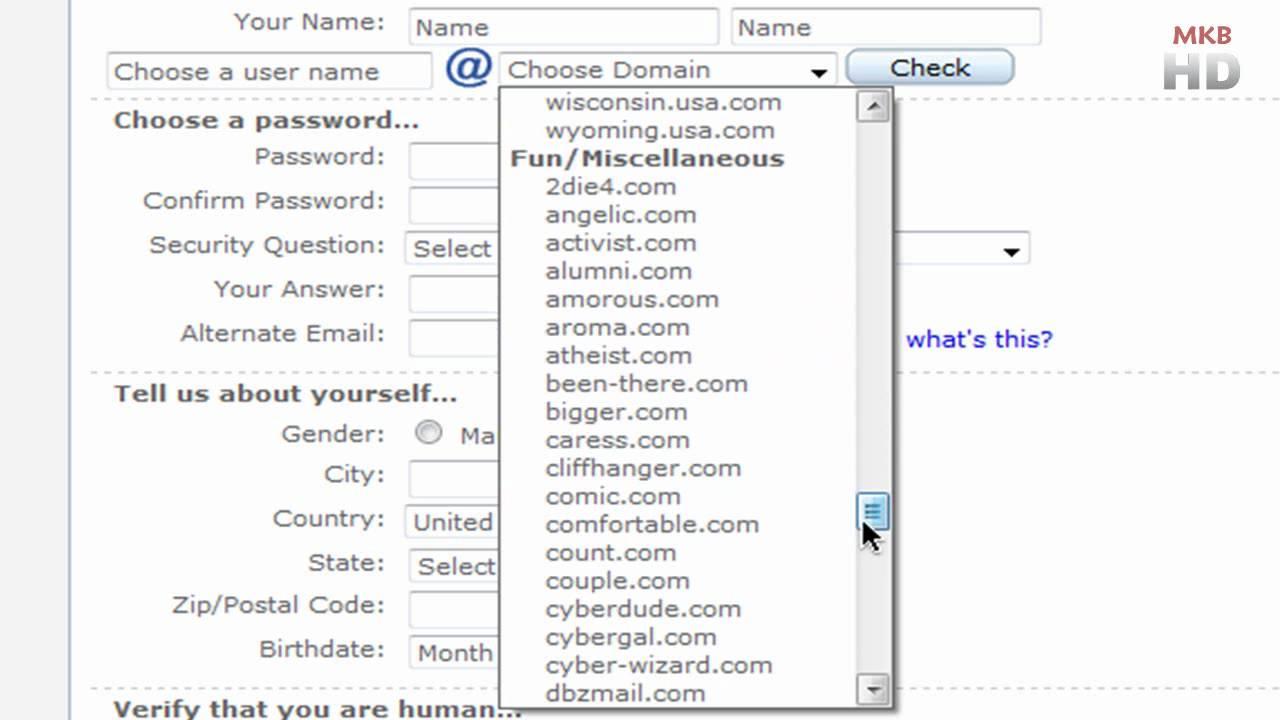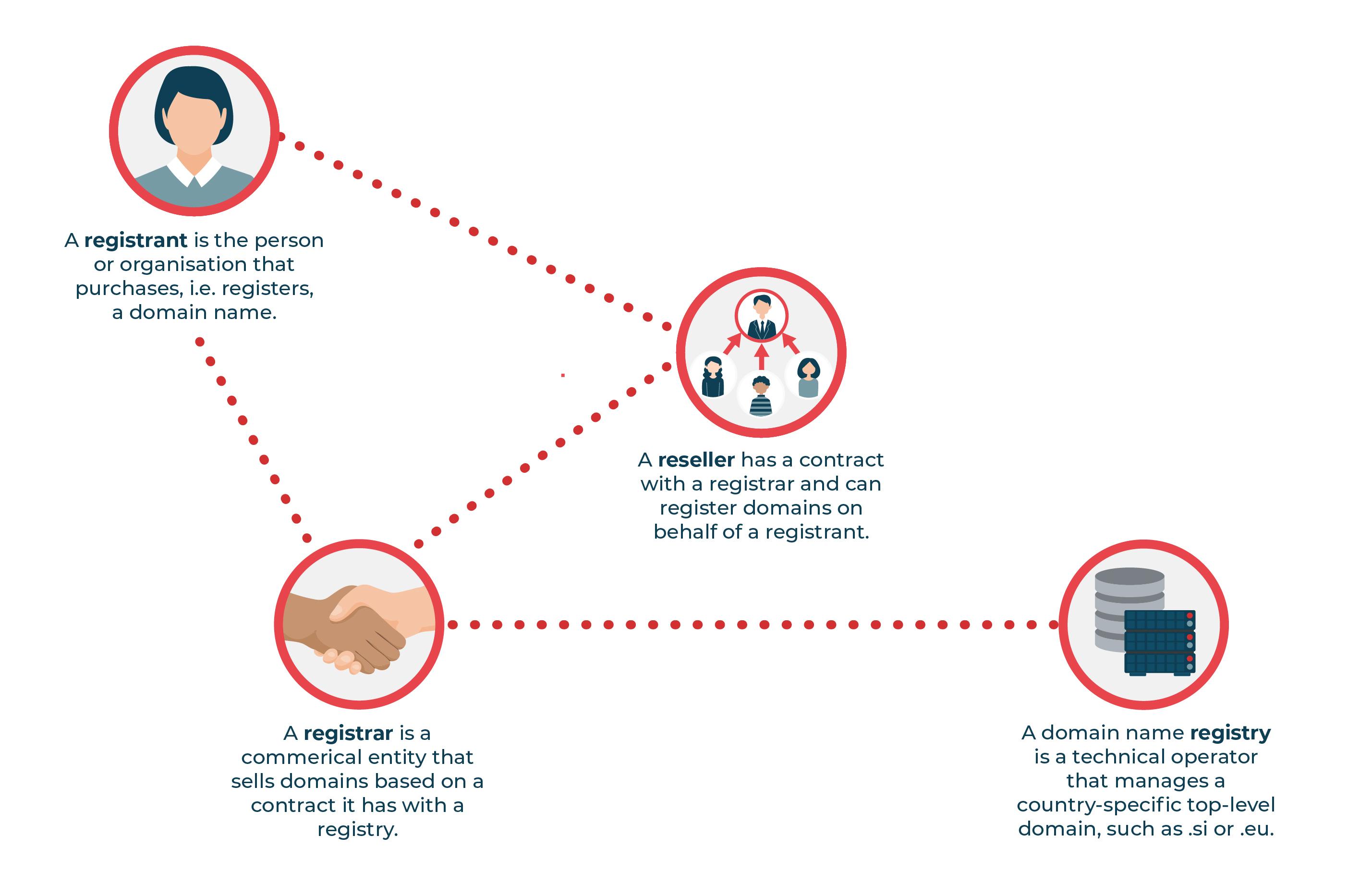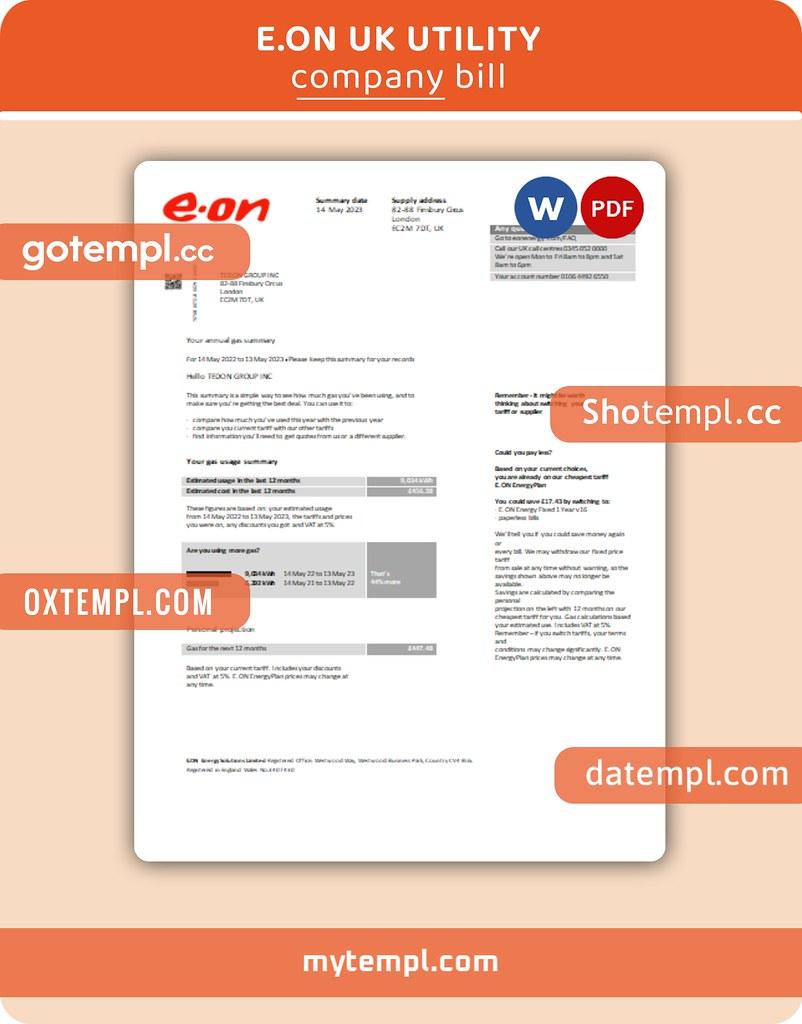Table of Contents
- Choosing the Perfect Domain Name for Your Business Presence
- Understanding the Importance of Professional Email Addresses
- Step-by-Step Guide to Purchasing Your Business Domain
- Essential Features to Look for in Domain Registrars
- Setting Up Your Business Email: Tips for a Seamless Experience
- Q&A
- To Conclude


Choosing the Perfect Domain Name for Your Business Presence
Choosing a domain name is a crucial step in establishing your online identity and enhancing your business’s credibility. A well-crafted domain can strengthen your brand recognition and convey professionalism. When brainstorming potential names, consider including keywords that reflect your services or products. This not only helps with search engine optimization (SEO) but also gives potential customers an immediate understanding of what you offer. Aim for brevity; catchy and concise names are easier to remember and share.
Here are a few tips to guide your decision:
- Keep it simple: Avoid complex spellings that may confuse users.
- Consider your audience: Tailor the tone and language of your domain to resonate with your target demographic.
- Use a trusted domain extension: While .com is the most recognized, don’t shy away from alternatives like .co or .net if they better suit your brand.
Conduct thorough research to ensure your chosen domain is available and not trademarked. Websites like Namecheck can help you verify if your desired name is free across various platforms. Once you’ve narrowed down your options, gather feedback from potential customers or colleagues. This engagement can provide valuable insights and help you avoid any unintended interpretations of your domain. Ultimately, your domain name should be a perfect blend of creativity, relevance, and availability, setting the foundation for your business’s online journey.


Understanding the Importance of Professional Email Addresses
In today’s digital landscape, establishing a robust online presence is essential for any business. One of the critical components of this presence is using a professional email address. It significantly enhances your brand image while fostering trust among clients and partners. Instead of using generic email services like Gmail or Yahoo, a business domain email resonates with professionalism, suggesting stability and reliability in your operations.
Utilizing a custom email address allows you to create a consistent brand identity. For example, using info@yourbusiness.com rather than yourbusiness@gmail.com not only strengthens your brand recognition but also streamlines communication. This strategy enables your clients and customers to remember and associate your unique domain with your services, which can lead to increased engagement and enhanced professional relationships.
Furthermore, professional email addresses can bolster your cybersecurity measures. With custom domains, businesses can implement enhanced security protocols, including two-factor authentication and dedicated anti-spam filters. This added layer of protection works to safeguard sensitive communications and information, ensuring that your business remains secure while you focus on growth and customer service.
Step-by-Step Guide to Purchasing Your Business Domain
Choosing the perfect domain name is a crucial first step in establishing your online presence. Start by brainstorming keywords that reflect your business’s mission, products, or services. Once you have a list, consider the following tips to refine your options:
- Keep it Short: Aim for a concise name that is easy to remember and type.
- Use Keywords Wisely: Incorporate relevant keywords to improve search visibility without sacrificing clarity.
- Choose the Right Extension: While .com is still the most recognized, don’t hesitate to explore other extensions like .net, .co, or industry-specific ones like .tech.
After settling on a domain name, it’s time to conduct a search to see if it’s available. You can use various domain registration sites to check availability. If your preferred name is taken, consider these strategies:
| Strategy | Description |
|---|---|
| Variations | Try adding prefixes, suffixes, or hyphens to your original idea. |
| Synonyms | Use synonyms or related words to come up with fresh alternatives. |
| Creative Spelling | Alter the spelling of words to create a unique name while maintaining pronunciation. |
Once you have a shortlist of available domains, proceed to register your chosen name. Select a reputable domain registrar, as this will be where you manage your domain in the future. During the purchase process, watch for:
- Privacy Protection: Consider purchasing domain privacy to keep your personal information hidden from public WHOIS databases.
- Renewal Costs: Check the renewal fees, as some registrars offer low initial prices but may increase significantly upon renewal.
- Support Options: Ensure the registrar provides adequate customer support in case you need assistance.


Essential Features to Look for in Domain Registrars
When selecting a domain registrar, it’s essential to consider several key features that can significantly impact your overall experience and success. Firstly, user-friendly interface is paramount; a straightforward dashboard allows you to manage your domains seamlessly without getting bogged down by complex navigation. Additionally, robust customer support is crucial—look for registrars that offer 24/7 assistance via chat, phone, or email, so you’re never left in the lurch during critical moments.
Another vital feature to examine is the range of domain extension options available. While .com domains are popular, your business might benefit from niche extensions (like .tech or .design) that correspond better with your brand. Moreover, ensure that the registrar provides domain privacy protection to keep your personal information secure and hidden from public WHOIS databases. This feature not only helps in maintaining your privacy but also prevents spam and unwanted solicitations.
Price transparency is also an important factor. Make sure to look for registrars that offer clear pricing structures, including registration fees, renewal costs, and potential add-ons. Some registrars may have hidden charges that can catch you off guard later on. Additionally, consider exploring options that provide integrated email services alongside domain registration, as this simplifies communication and branding for your business. A combination of these factors can lead to a more efficient and productive experience as you establish your online presence.


Setting Up Your Business Email: Tips for a Seamless Experience
Establishing a professional business email is crucial for effective communication and brand credibility. Once you have secured your business domain, the next step is to configure your email service. Choose a reliable email hosting provider that aligns with your specific needs. Providers like Google Workspace and Microsoft 365 offer seamless integration with productivity tools, making them popular choices among businesses. Be sure to consider factors such as storage capacity, security features, and customer support when selecting your provider.
After settling on an email hosting service, it’s time to create your email accounts. Consider setting up accounts not just for yourself, but also for other key team members or departments. A well-organized email structure enhances professionalism and simplifies internal communications. Here are some recommended email formats you might consider:
- info@yourdomain.com – General inquiries
- support@yourdomain.com – Customer support
- sales@yourdomain.com – Sales inquiries
- yourname@yourdomain.com - Personalized communication
Don’t forget about the importance of security in your email setup. It’s vital to enable two-factor authentication for all accounts to protect sensitive information from unauthorized access. Additionally, make sure to educate your team on spotting phishing attempts and best email practices. Keeping your email system safe contributes tremendously to the overall integrity of your business operations.

